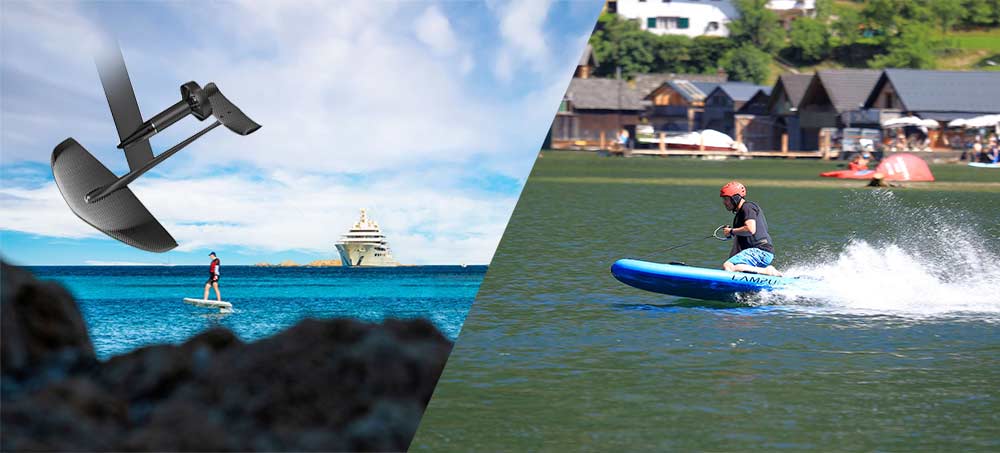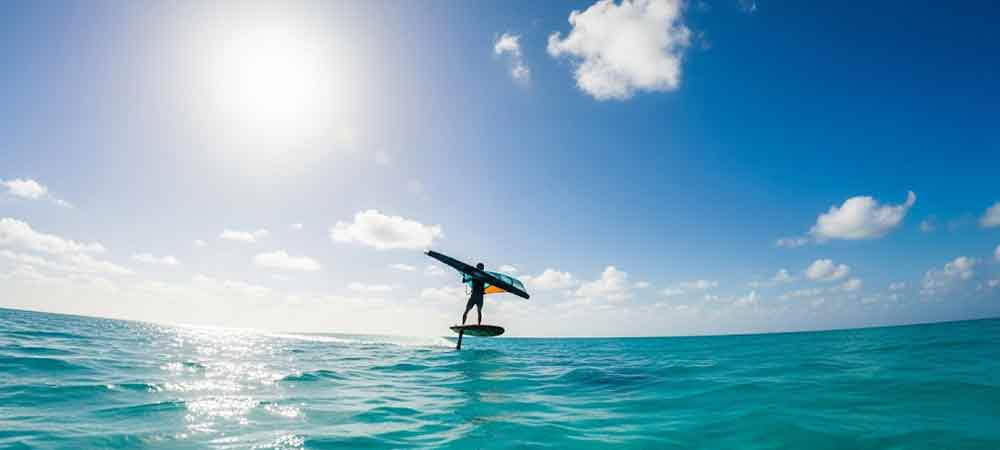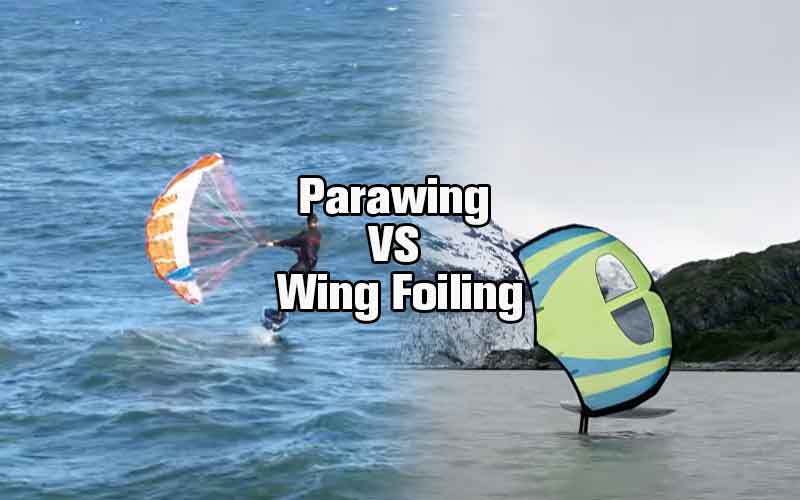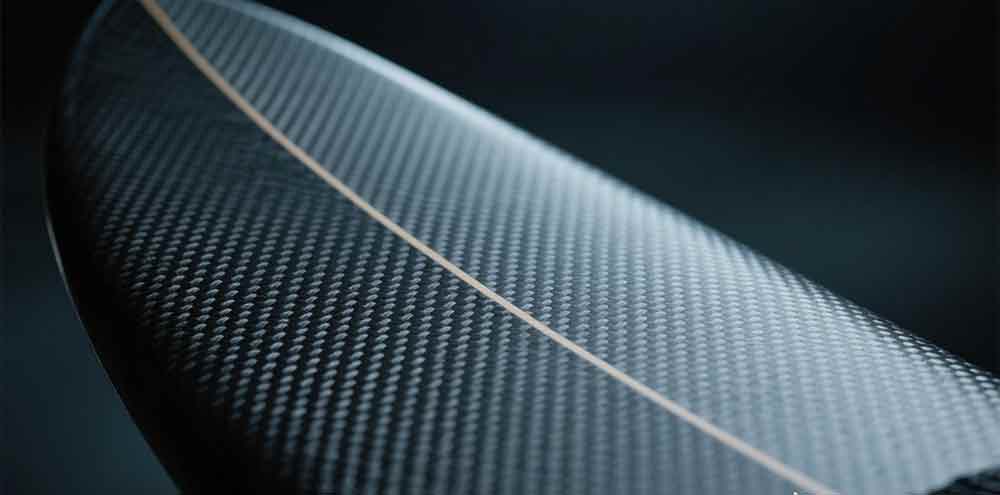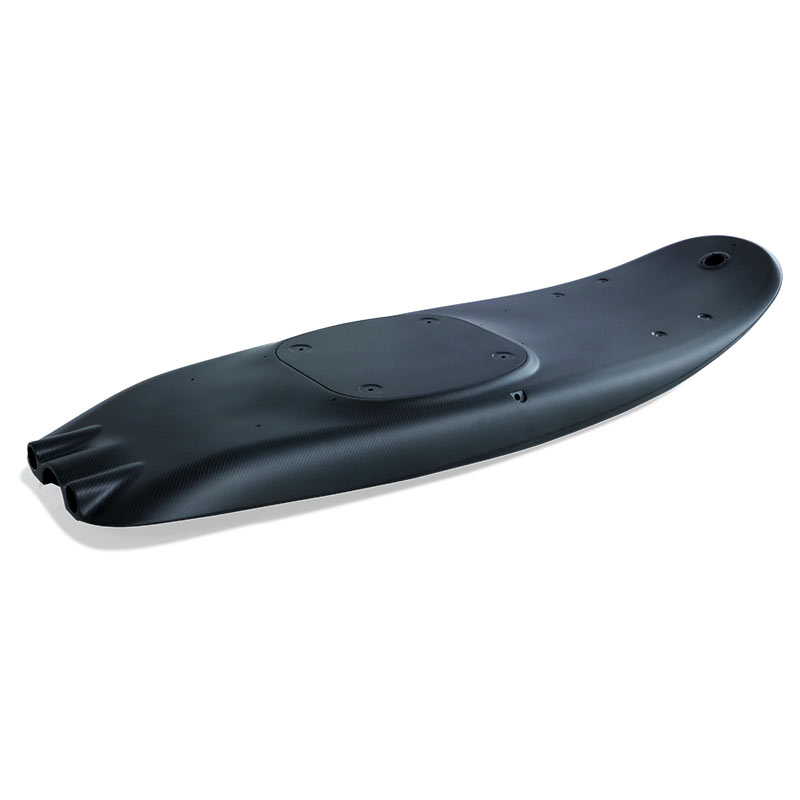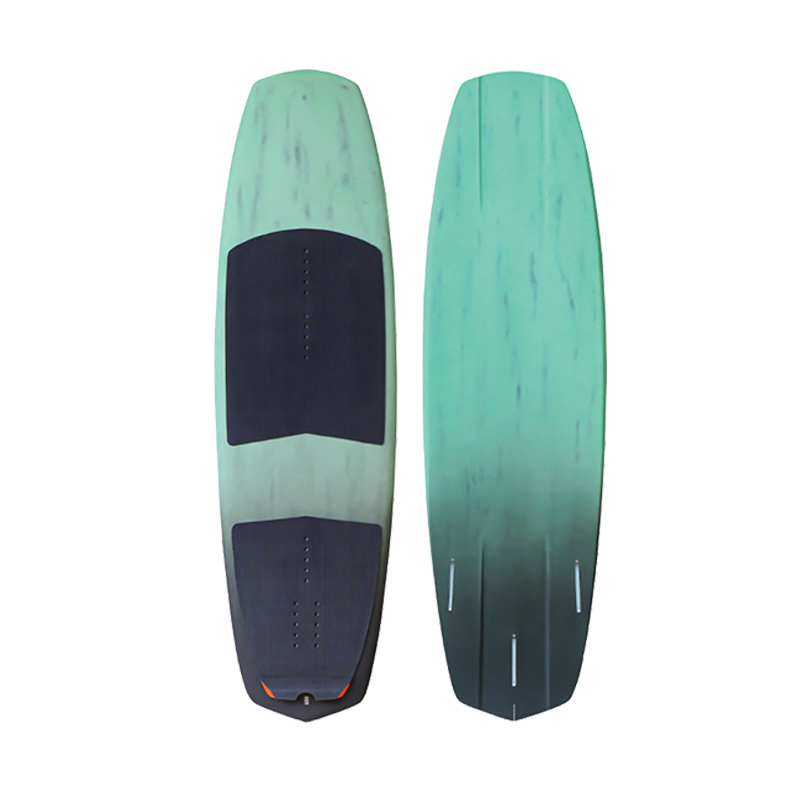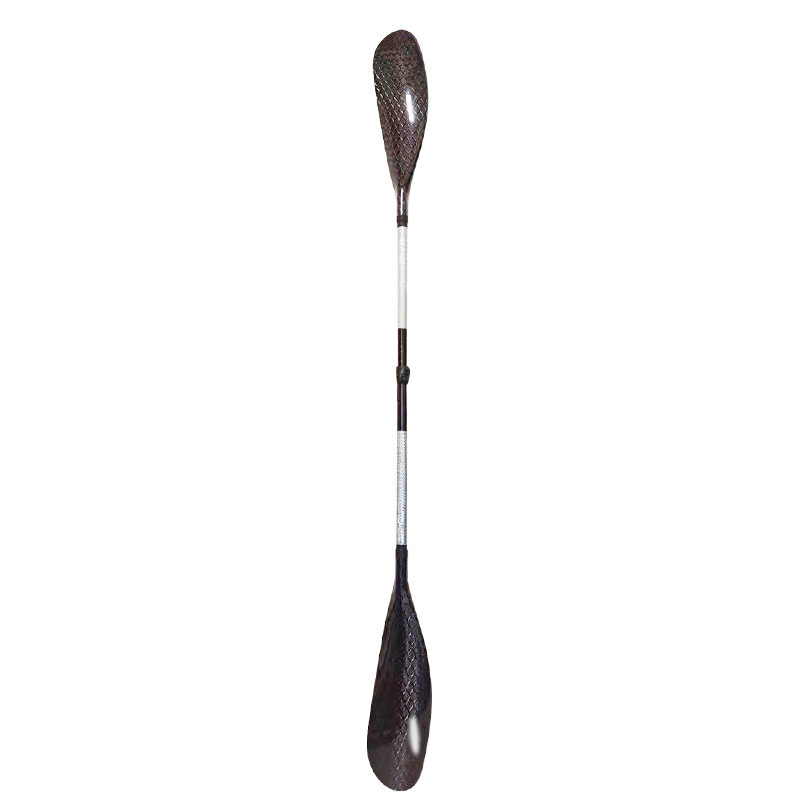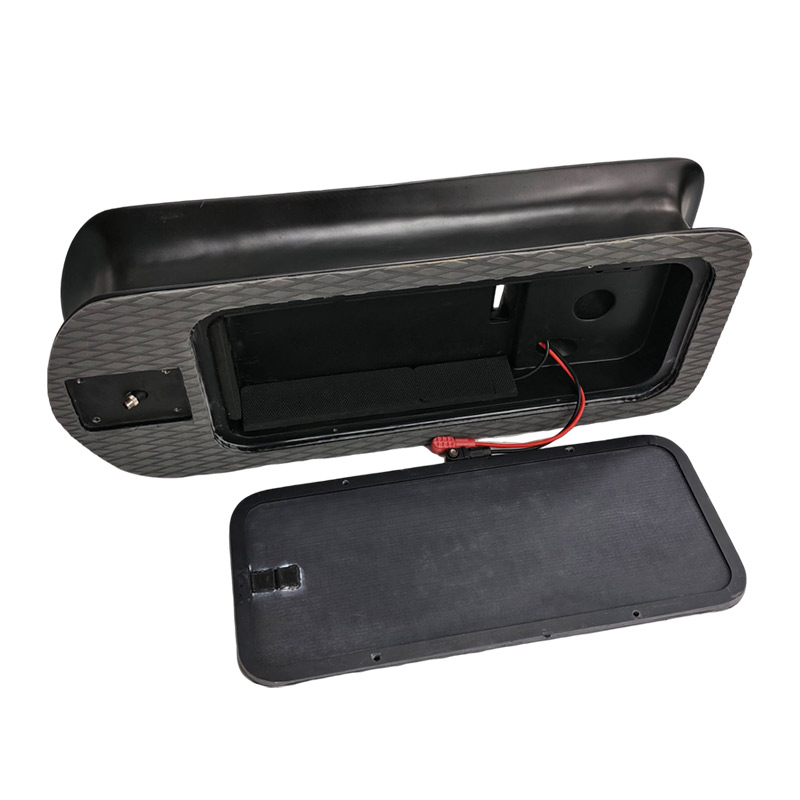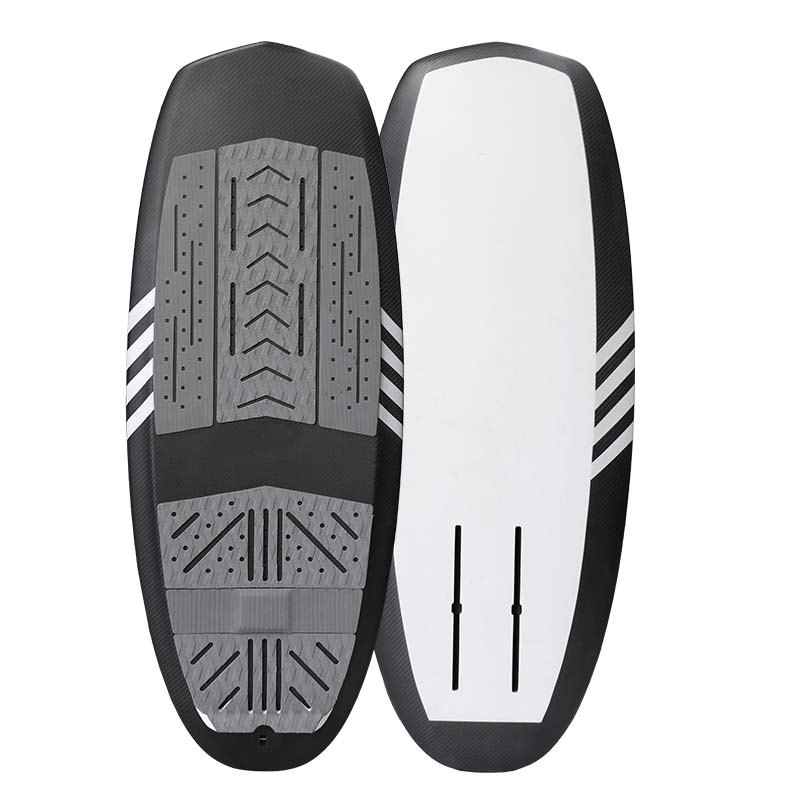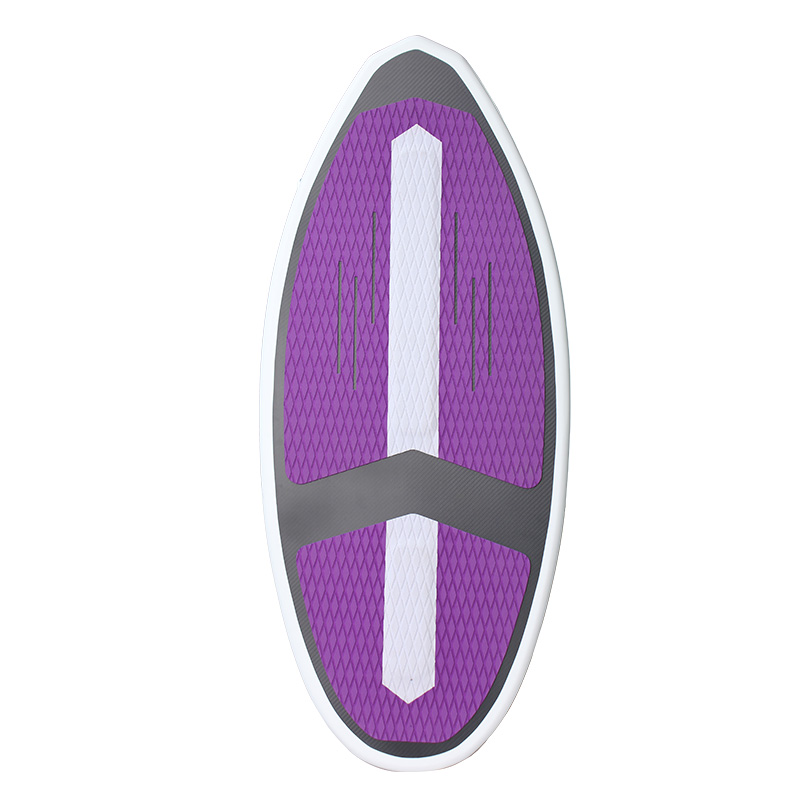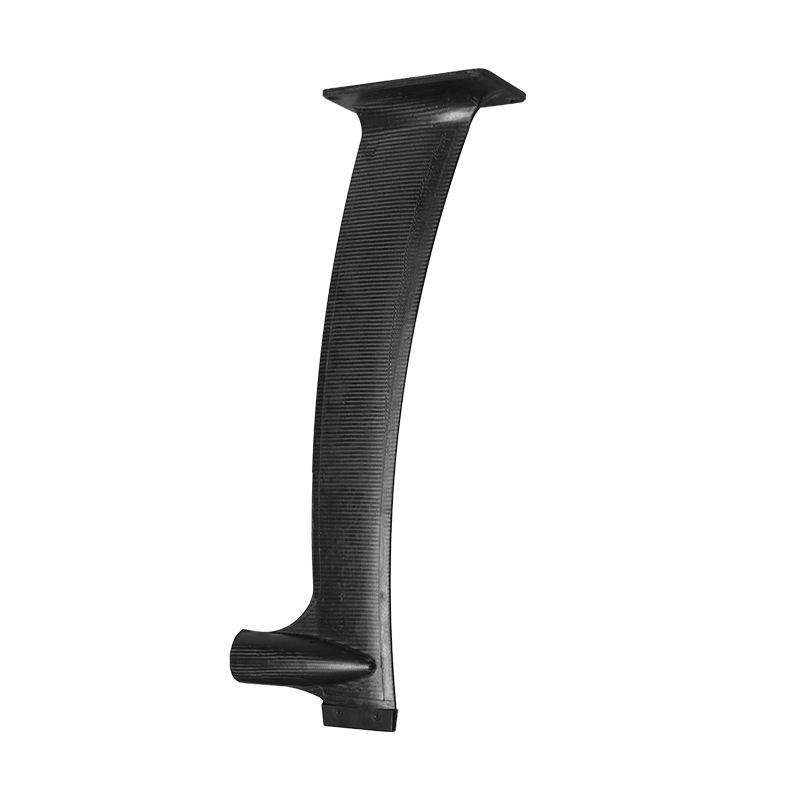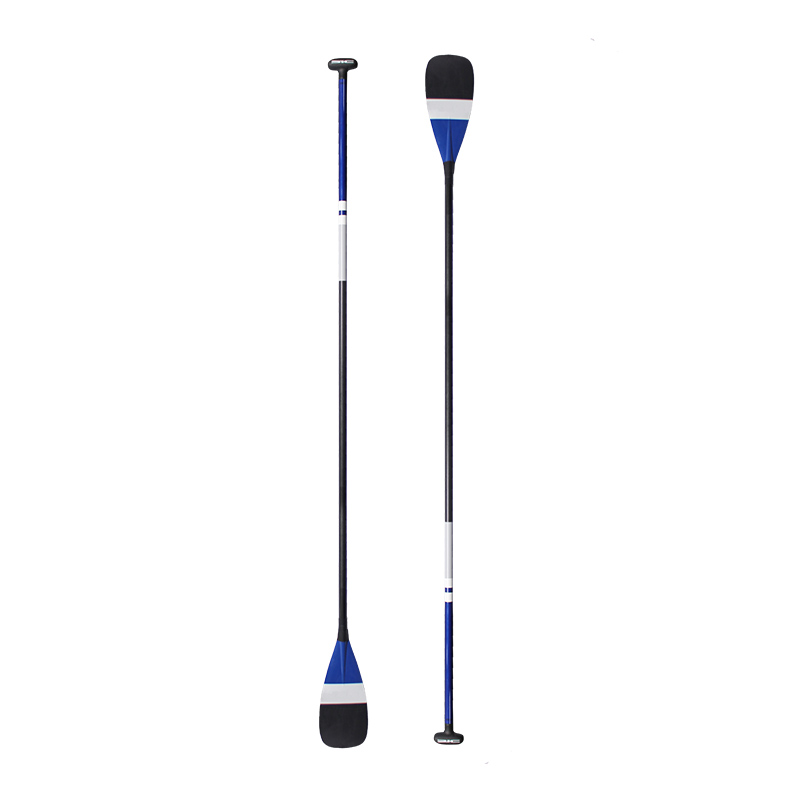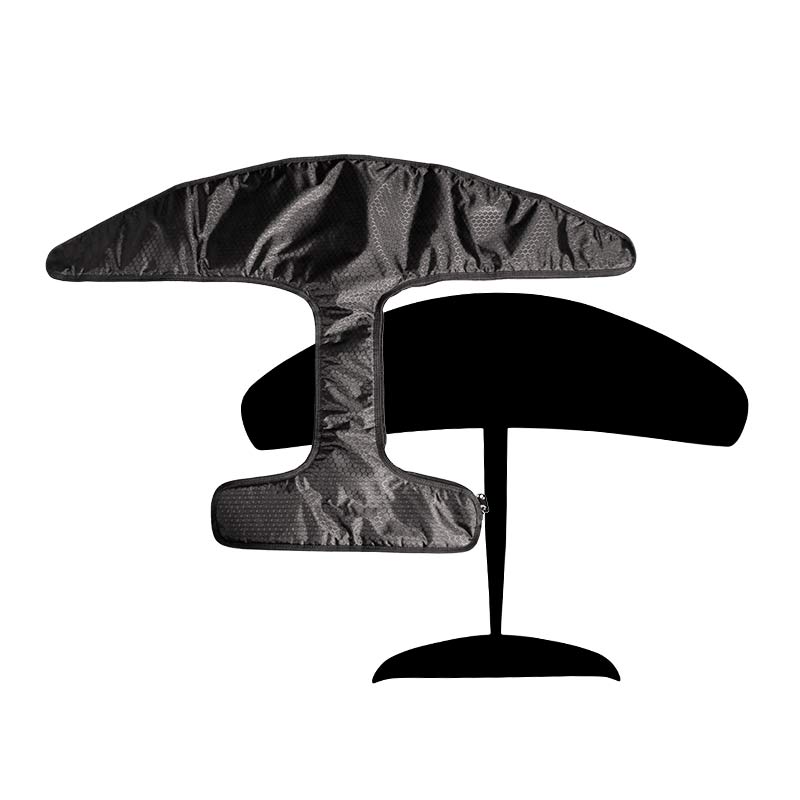Generally, efoil vs jetboard are both motorized watercraft designed for surfing on the water, which are powered by energy (electric energy or gas energy). But they also have some differences. And hope this will be helpful for you to understand Efoil vs Jetboard.
What is a jetboard and efoil?
A jetboard is a motorized surfboard designed for recreational water activities. It typically consists of a board or platform on which the rider stands or kneels and a propulsion system that allows the rider to move across the water’s surface. The propulsion system of a jetboard is usually powered by either a combustion engine or a battery-powered electric motor. Riders control the speed and direction of the jetboard using a handheld remote control, which can be either wireless or tethered, and they often use bodyweight shifting to maneuver the board.
Jetboards offer a thrilling and unique water sports experience, allowing riders to enjoy the sensation of riding on the water with the assistance of motorized propulsion. They are suitable for a wide range of individuals with varying skill levels and are used for recreational purposes in various water environments, including lakes, rivers, oceans, and more.
Efoil is also called electric hydrofoil, which is surfing equipment that is motorized by an electric engine and lifted by the foil (fluid dynamics). We have written an article about the efoil, please click the link to check if you are interested.
Efoil VS Jetboard
The Efoil vs Jetboard Propulsion System:
Efoils use an electric motor to propel the board forward. The motor drives a propeller mounted on a hydrofoil beneath the board, which lifts the board out of the water as it gains speed. Jetboards use a water jet module similar to personal watercraft (PWC) for propulsion. The jet module is often powered by either a combustion engine or a battery-powered electric motor.
And because of the difference in propulsion system, the speed efoil vs jetboard is also not the same.
Typically, jetboards can achieve speeds ranging from 15 to 30 miles per hour (24 to 48 kilometers per hour). Some high-performance models might reach even higher speeds, potentially exceeding 40 miles per hour (64 kilometers per hour). However, it’s important to note that safety should always be a priority when operating a jetboard, and riders should be cautious and adhere to recommended speed limits, especially when they are still learning to control the board.
Efoils are designed to reach speeds ranging from 15 to 25 miles per hour (24 to 40 kilometers per hour). Some high-performance efoil models may be capable of reaching speeds closer to 30 miles per hour (48 kilometers per hour) or even higher.
So, the Speed of Efoil VS Jetboard, jet board is faster but it will also depend on their experience and comfort level with the equipment.
Efoil VS Jetboard Riding Experience
Efoils offer a unique and smooth riding experience as the board hovers above the water’s surface. Riders control speed and direction using a handheld remote, and the experience is often compared to flying above the water. Jetboards are ridden on the water’s surface and provide a more traditional motorized surfing experience. Riders control speed and direction through body movements and weight shifting.
In conclusion, riding an efoil if you can lift it on the water, you will feel just like flying. But riding a jetboard because of its fast speed you will feel more thrilled.
Efoil VS Jetboard Learning Curve
Efoils can be challenging for beginners as they require balance and coordination, especially while learning to control the foil. However, they are generally considered easier to learn than traditional foil surfing.
Jetboards can also be challenging for beginners due to the need for balance and coordination, but they may be more intuitive for those with experience in board sports like surfing or skateboarding.
Efoil VS Jetboard Versatility
Efoils are primarily designed for calm water conditions and may not perform well in choppy or rough waters. Jetboards can handle various water conditions, including lakes, rivers, seas, and oceans, making them more versatile in terms of where they can be used.
However, this is not absolute, with the development of electric surfing technology, this part will be changed by time.
The structure: efoil VS jet board
Efoils and jetboards have distinct structural differences due to their different designs and propulsion systems. But there are some key structural differences between the two.
Efoil (Electric Foil Board):
- Hydrofoil: Efoils are equipped with a hydrofoil, which is a wing-like structure that extends below the board. The hydrofoil is connected to an electric motor and propeller. It is responsible for lifting the board out of the water as it gains speed, allowing the board to hover above the water’s surface.
- Electric Motor: Efoils are powered by an electric motor that is usually positioned near the back of the board. This motor drives the propeller attached to the hydrofoil.
- Battery: Efoils have a built-in battery system that powers the electric motor. The battery is typically located within the board and can vary in size and capacity, affecting the ride duration.
- Remote Control: Riders use a handheld remote control (either wireless or tethered) to control the speed and direction of the efoil. The remote is an essential part of the structure and allows for rider control.
Jetboard (Motorized Surfboard):
- Water Jet Module: Jetboards are equipped with a water jet module, similar to what is found in personal watercraft (PWC). This module is typically positioned at the back of the board and serves as the primary propulsion system.
- Engine or Electric Motor: The water jet module of a jetboard is powered by either a combustion engine (for gasoline-powered models) or a battery-powered electric motor (for electric models). The engine or motor provides the thrust needed for propulsion.
- Board Design: The board itself is designed like a traditional surfboard or wakeboard, with a flat deck and various sizes and shapes available to accommodate different riding preferences.
- Control Mechanism: Riders control the speed and direction of the jetboard by shifting their body weight and making adjustments with their feet. There is no handheld remote control involved in steering or propulsion.
In summary, the primary differences between efoil vs jetboard lie in their propulsion systems, riding experiences, learning curves, and versatility. Efoils provide a unique hovering experience with electric-powered hydrofoils, while jetboards offer a more traditional motorized surfing experience on the water’s surface. Riders’ preferences may vary depending on their skill level, the type of experience they seek, and the water conditions they intend to ride in. And if you are interested in the efoil VS Hydrofoil, please click the link to see.

